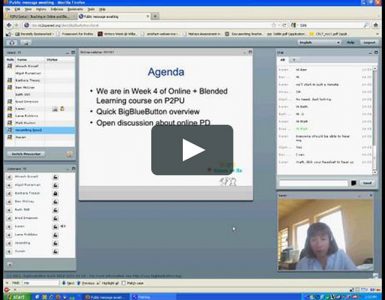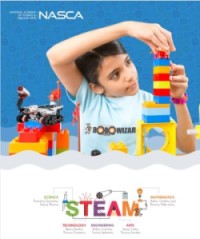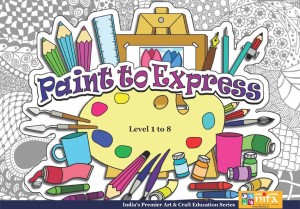Meditation is not just for adults. Children and adolescents also benefit. And that’s the reason many schools have introduced meditation as an early morning exercise in the classroom. With regular practice (at least once or twice a day), students will see improvements ranging from health and well-being to academic performance.
Meditation helps children in a variety of ways:
Changes in brain functioning: Research shows that meditation in the classroom helps students become more focused, calm, quiet, settled and rested — by providing them an opportunity to learn to relax and reflect.
Meditation doesn’t just help kids feel relaxed; neuroscience suggests that it changes the structure and function of the brain. Researchers from the Universities of Udine and Rome in Italy studied the effects of a mindfulness meditation training on a group of 16 healthy elementary school children aged seven to eight years old. They found that meditation training improved children’s attention and reduced internalizing problems, such as fearfulness, withdrawal from social groups, anxiety, and depression, improving their psychological well-being.
Reduces irritation: Ten to 12 minutes of meditation also enhances positivity and creativity among students — by reducing restlessness, nervousness, and irritation — according to research from Erasmus University’s Rotterdam School of Management.
Makes them introspective: More importantly 10 minutes of meditation daily can enable us to connect with ourselves, get acquainted with our innermost feelings and have better plans.
Reduces cardiovascular diseases: At the physiological level, research shows that meditation can reduce stress, pain, anxiety, cardiovascular diseases and insomnia. Meditation also balances blood pressure and heart rate, improves respiration and cognition.
Helps them calm down: Thanks to their minds calming down, students doing meditation report a whopping 50 percent reduction in stress, anxiety, and ADHD symptoms. This, in turn, triggers a positive chain reaction where an improved ability to focus better on tasks at hand results in increased brain processing and improved language-based skills.
Regulates emotions: Not only does meditation make the brain sharper, but it also helps to make it a more harmonious unit: university students who took up meditation were found to experiences a change in the neurons responsible for regulating emotions and behaviour. Among other benefits, these changes again lead to better cognitive and intellectual performance.
Reduces substance behaviour: Studies looking at both students and adults find that daily Transcendental Meditation practice greatly reduces both substance abuse problems and antisocial behaviour. In many cases, TM has been shown to be two or three times more effective than traditional drug prevention and education programs. These results hold for all kinds of addictive substances — drugs, alcohol, cigarettes, prescription medications, and other kinds of addictions.
Reduces absenteeism: Students who do meditation benefit from lower levels of absenteeism, lower levels of behavior incidents at school, and lower levels of suspension.
How to get your students to meditate
- Ask them to sit straight with feet firmly on the ground or if it’s an open room, they can sit cross-legged.
- Put on some soft music if needed.
- Ask them to observe their breathing – as they inhale and exhale. They need to do this with their eyes closed.
- Some of the naughty ones will try to open their eyes, which is fine. Gently ask them to close their eyes and get their concentration on their breathing.
- Within a couple of minutes, they would have got a little deep into meditation If you notice them falling off to sleep, gently ask them to get their attention back on their breathing.
- Remind them to straighten their backs if you find them slouching.
- When they get deep into a meditative state, they would have reached a brain state called the alpha level.
- In this state of mind, you can choose to have your meditation session for 7-10 minutes.
- Once 10 minutes are up, you can very softly tell them to slowly open their eyes. Some will do so immediately while others will take their time. It’s fine, let them take their time to open their eyes.
Once they are all fully awake, take their feedback.


















